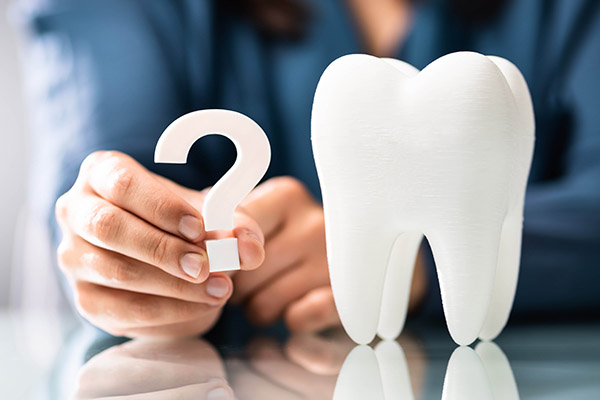 Dental crowns and dental bridges are two common dental procedures to restore damaged or missing teeth. Both procedures have unique benefits and drawbacks; choosing between them will depend on your needs and goals. This article will discuss the differences between dental crowns and dental bridges and help you understand how we choose which procedure is right for you.
Dental crowns and dental bridges are two common dental procedures to restore damaged or missing teeth. Both procedures have unique benefits and drawbacks; choosing between them will depend on your needs and goals. This article will discuss the differences between dental crowns and dental bridges and help you understand how we choose which procedure is right for you.
Understanding dental crowns
Dental crowns are tooth-shaped caps that a dentist places over a damaged or decayed tooth to restore strength, shape, and function. Crowns can consist of various materials, including porcelain, metal, or a combination.
The process of receiving a dental crown involves two appointments. During the first appointment, the dentist will prepare the damaged tooth by removing any decay or loose bone particles and shaping it to fit the crown. Then, they will make an impression of the tooth and send it to an off-site dental lab, where the dental crown will be custom-made to fit the patient's tooth.
In the meantime, a temporary crown will be placed over the tooth to protect it. Then, during the second appointment, approximately two weeks after the first, the dentist will place the permanent crown over the prepared tooth and cement it in place.
Caring for dental crowns
Dental crowns can last up to 15 years with proper care. Patients can care for the crowns as they would their natural teeth. Patients need to brush at least twice a day and floss a minimum of once a day. Also, maintaining biannual appointments will help ensure no abnormalities with the dental crown occur.
Understanding dental bridges
Dentists recommend dental bridges for those needing to replace one or more missing teeth. A bridge consists of one or more artificial teeth, called pontics, held in place by dental crowns attached to the adjacent teeth. Bridges can consist of materials like dental crowns, including porcelain, metal, or a combination of both.
The process of receiving a dental bridge typically involves two appointments or more. What happens during the first appointment will vary depending on the patient's oral condition. For example, if the patient needs an extraction due to a tooth with significant damage, then the extraction will occur during that appointment. The patient must then enter a healing period before scheduling their second appointment. However, suppose a tooth has been missing for a while, and no extraction is necessary. In that case, the dentist will prepare the two adjacent teeth by removing a portion of their enamel to make room for the dental crowns. Then, the dentist will make an impression of the teeth and send them to an off-site dental lab, where the dental bridge will be custom-made to fit the patient's mouth.
While waiting for the dental bridge, patients will receive a temporary bridge to protect the adjacent teeth's exposed nerves. The next appointment will consist of removing the temporary crown, testing the adjacent teeth to ensure they are still alive (no nerve damage), and cementing the custom dental bridge.
Caring for dental bridges
Dental bridges can last up to seven years with proper care. Patients can eat with and brush their dental bridges as with their natural teeth. However, it is important to know that dental bridges have a small space between the gum line, making it possible for food debris to become trapped inside the bridge. Therefore, patients will be given a special floss to scoop out debris and prevent their natural teeth from decaying.
Restoring your smile is simple
We hope this information has been beneficial. Dental crowns and dental bridges are two common dental procedures we offer at our Marco Island office. If you want to learn more about each option and determine which is most effective in restoring your smile, contact us today to schedule a consultation.
Request an appointment or call Island Paradise Dental at 239-642-3233 for an appointment in our Marco Island office.
Related Posts
Dental crowns are an investment into oral health that requires proper care and maintenance to ensure longevity and function. Adopting a consistent oral hygiene routine can keep the crown in pristine condition. The following blog will discuss techniques to help you maintain and care for your new dental crowns.Maintaining good oral hygiene habits is crucial…
Visiting the dentist can be an anxiety-inducing event for many people. The biggest reason for this is that general dentistry appointments are often associated with painful procedures and a perceived loss of control as you lay back and let the dentist and dental assistant perform their duties. It might also be possible that you are…
Dental fillings are ideal for treating mild to moderate cavities. They are appropriate for patients of all ages, from young children to elderly adults. In this review, we closely examine the role of dental fillings in treating dental cavities, highlighting the different types of filings, when they are recommended, and how they compare to alternative…














